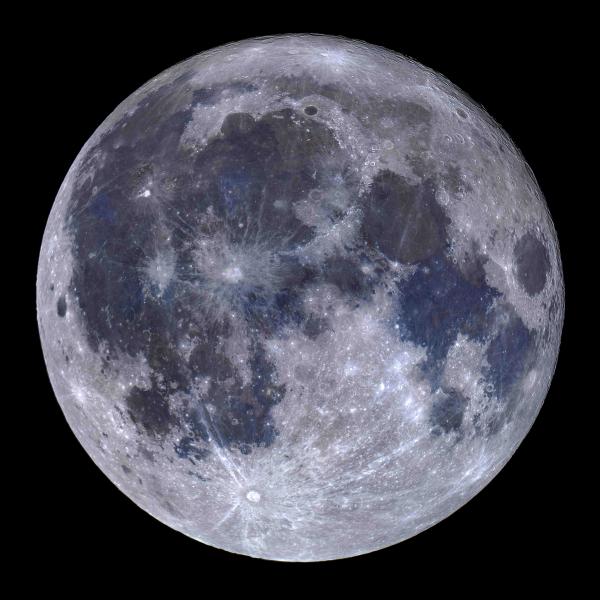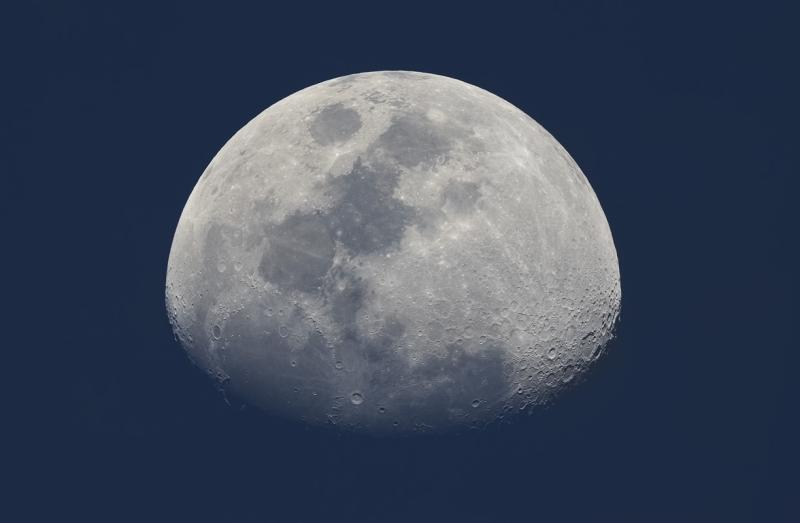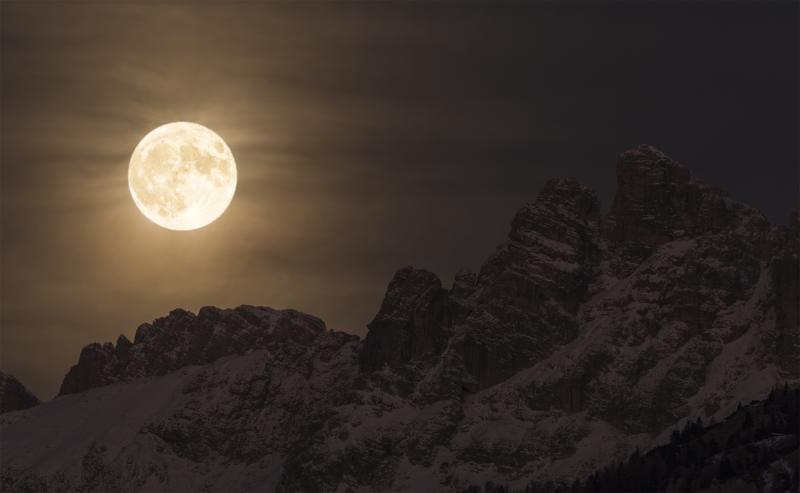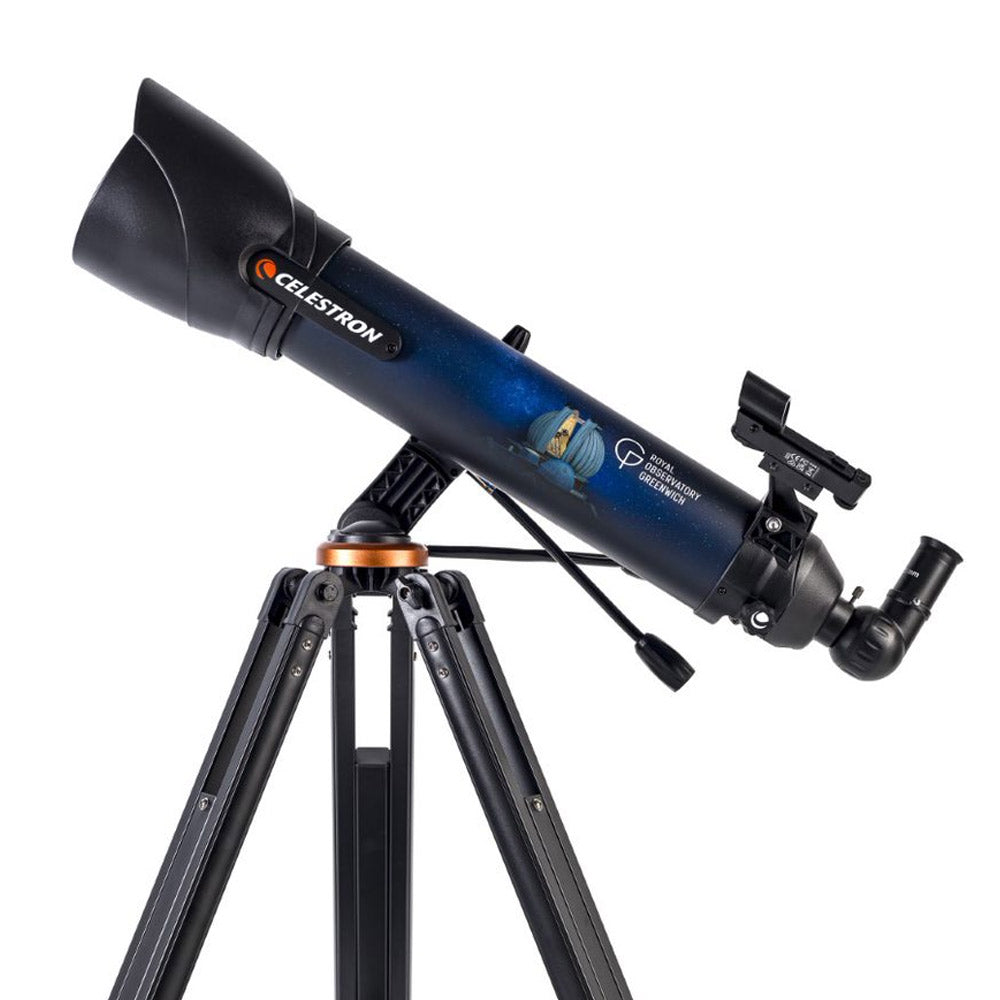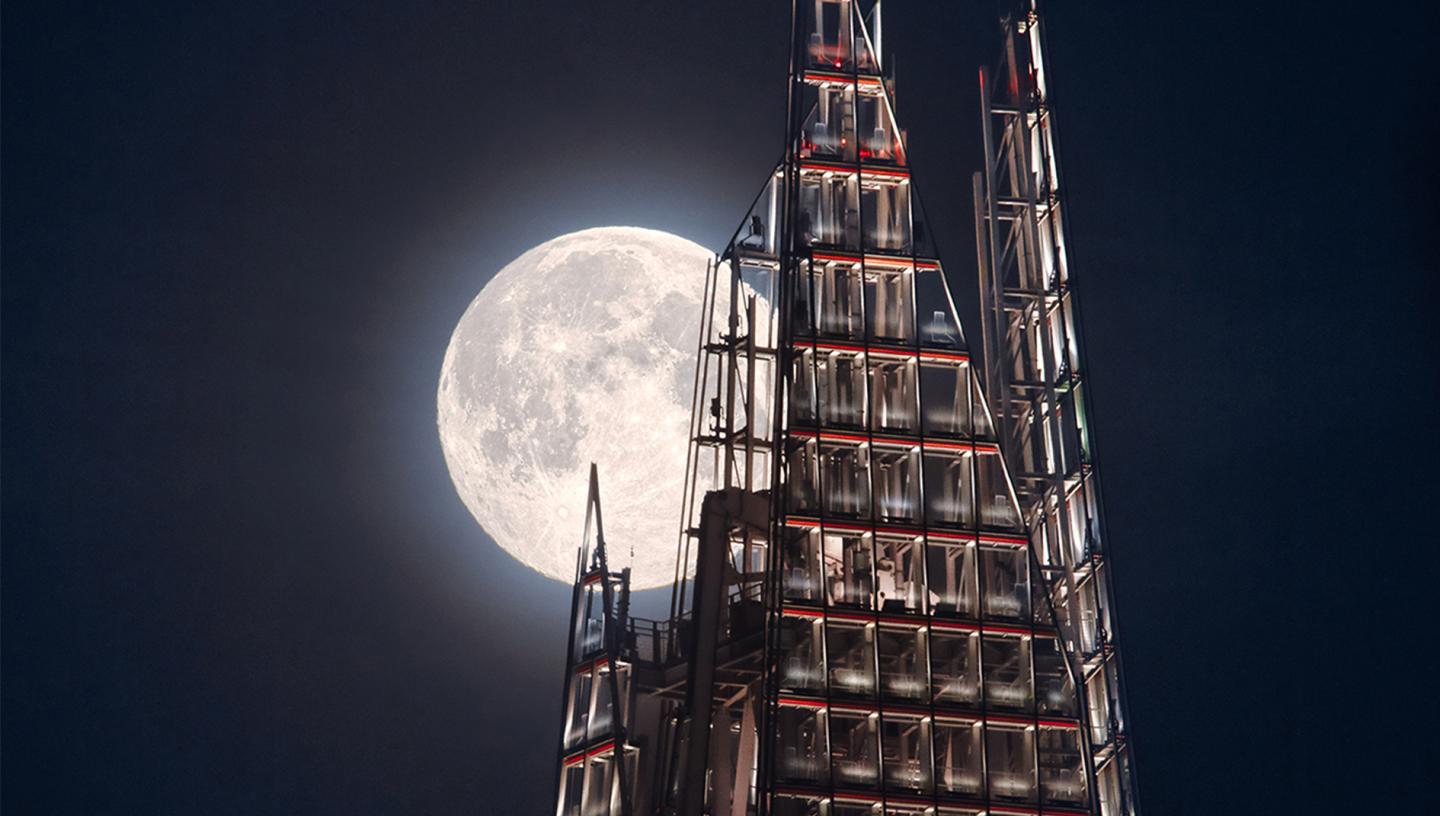
What is a supermoon?
The distance between the Moon and the Earth varies, because the Earth is not right at the centre of the Moon’s orbit and the Moon’s orbit is not a circle (it’s an ellipse).
The moment when the Moon is closest to the Earth is called a lunar perigee. When the Moon is furthest away it is known as a lunar apogee.
If the lunar perigee occurs very close to a full Moon, then we see a supermoon. If a lunar apogee occurs very close to a full moon then we see a micromoon.
The term 'supermoon' originates from a concept in astrology, but now has been adopted by some astronomers. One strict definition of a supermoon is that if the Moon is within 10 per cent of its closest distance at the moment of full Moon, it is considered a supermoon.
During a supermoon, the Moon appears up to 14% bigger and 30% brighter compared with when the Moon is furthest away.
When is the next supermoon?
See upcoming supermoon dates below.
| Year | Supermoon date |
| 2025 | Wednesday 5 November |
| 2025 | Thursday 4 December |
| 2026 | Thursday 24 December |
The last supermoon was on 17 October 2024.
How can I see the supermoon?
As long as there aren't too many clouds, the full Moon will be an unmistakable white orb in the sky. This is a good opportunity to use a small telescope or a pair of binoculars to see the Moon's detailed surface, or even try taking a few interesting moon photos.
However, you can see the Moon perfectly well with just your eyes. Seeing moonrise just after sunset or moonset just before sunrise will be an impressive sight as the Moon will appear enormous compared to the surrounding landscape.
This is due to an optical illusion. During moonrise, the Moon looks bigger than it is because our brain doesn’t understand that the sky is a dome. It falsely projects things near the horizon to appear larger than they actually are.
What is a supermoon lunar eclipse?
An eclipse of the Moon occurs when the Earth lies directly between the Sun and the Moon and the Moon lies in the shadow of the Earth. During a total eclipse, the Moon does not disappear entirely but turns a deep, dark red. The Moon is illuminated by light that has passed through the Earth's atmosphere and has been bent back towards the Moon by refraction.
The last time a total lunar eclipse coincided with a supermoon was on 21 January 2019.
Learn more about lunar eclipses
How do supermoons affect tides?
The tides are caused by the gravitational forces of the Sun and the Moon on the Earth’s oceans. When the Moon is closer to the Earth during a supermoon, the gravitational pull is slightly stronger, and so the tides are bigger. However this effect is almost negligible, with only a couple of inches difference between a normal full moon and supermoon tide.
However, full moon and new moon tides can be much bigger than tides at other times in the lunar month, as the Sun adds its own gravitational pull into the mix, producing the so-called spring tides.
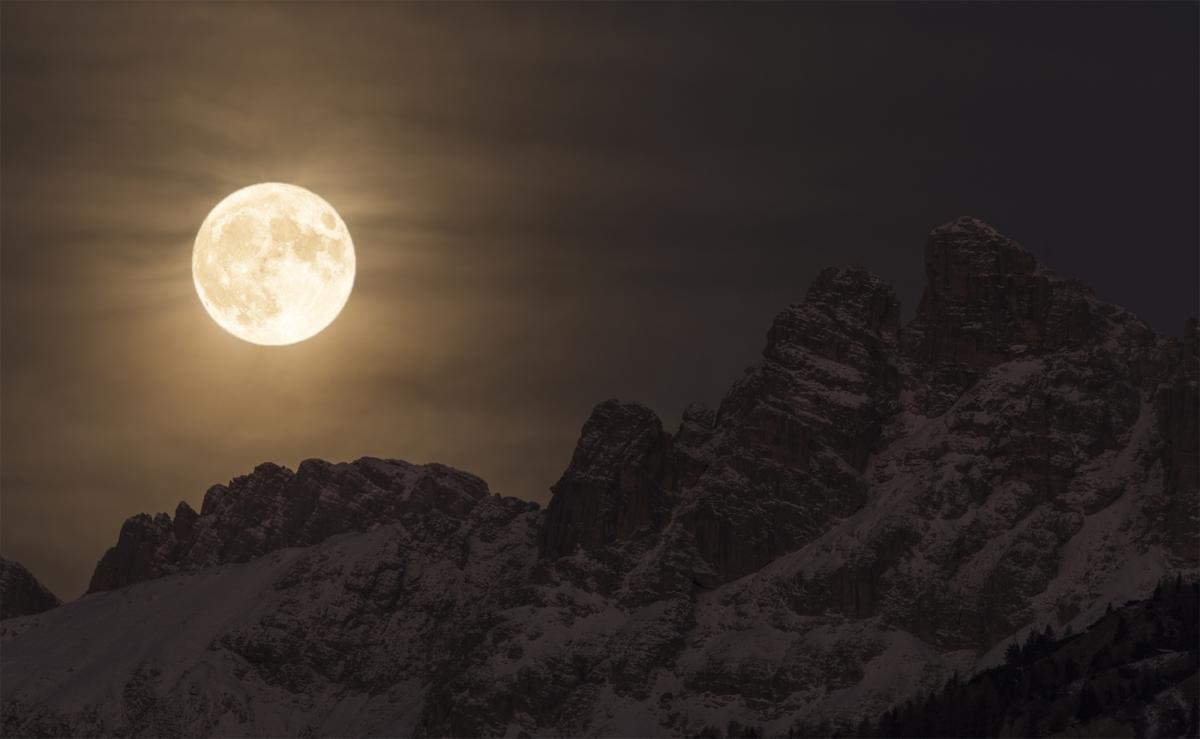
How to photograph a supermoon
Photographer Giorgia Hofer explains her photo ‘Super Moon’, taken on 14 November 2016, which was shortlisted in the Our Moon category in the Insight Astronomy Photographer of the Year competition 2017:
"On the night of 14 November 2016, the Moon was at perigee at 356,511 km away from the centre of Earth, the closest occurrence since 1948. It will not be closer again until 2034. The Moon on this night was 30% brighter and 14% bigger than other full moons. In this shot, the Moon is setting behind the Marmarole, a mountain group that is in Cadore, in the heart of the Dolomites in Italy."
Photos of supermoons
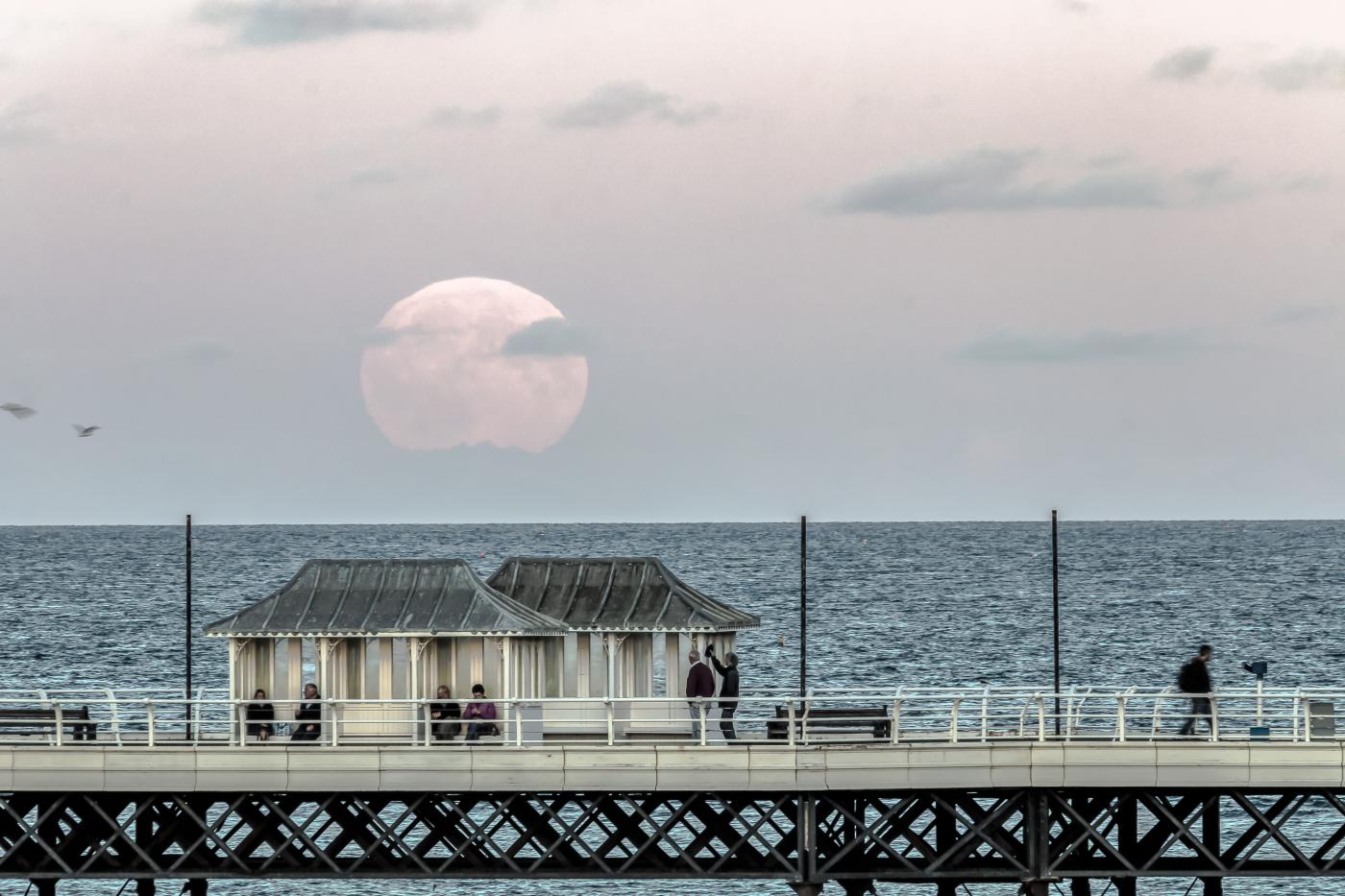
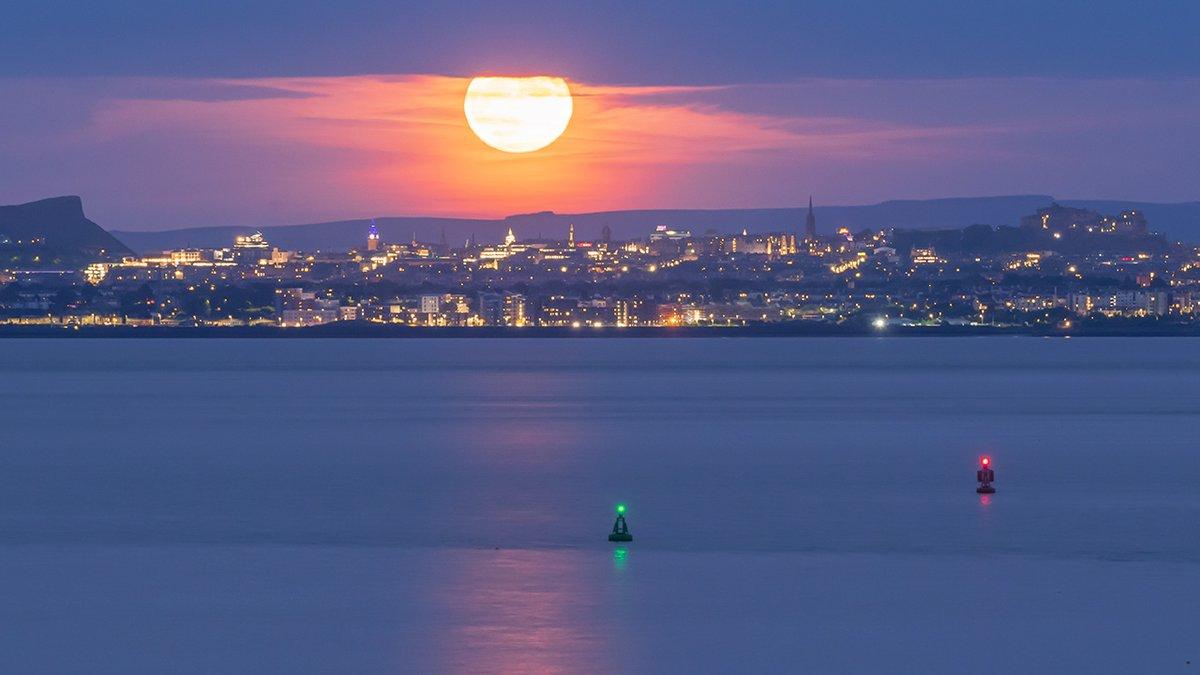
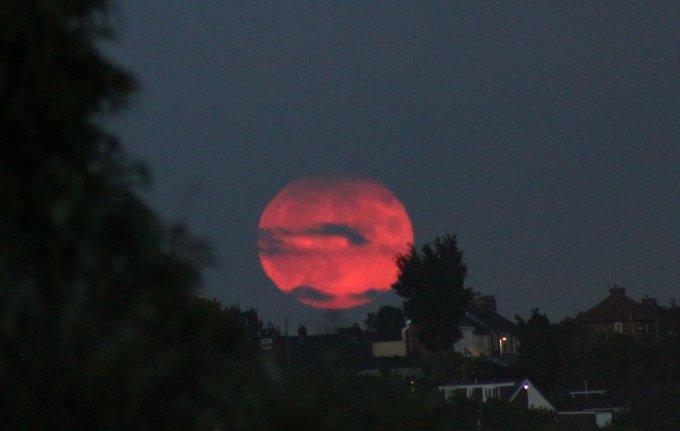
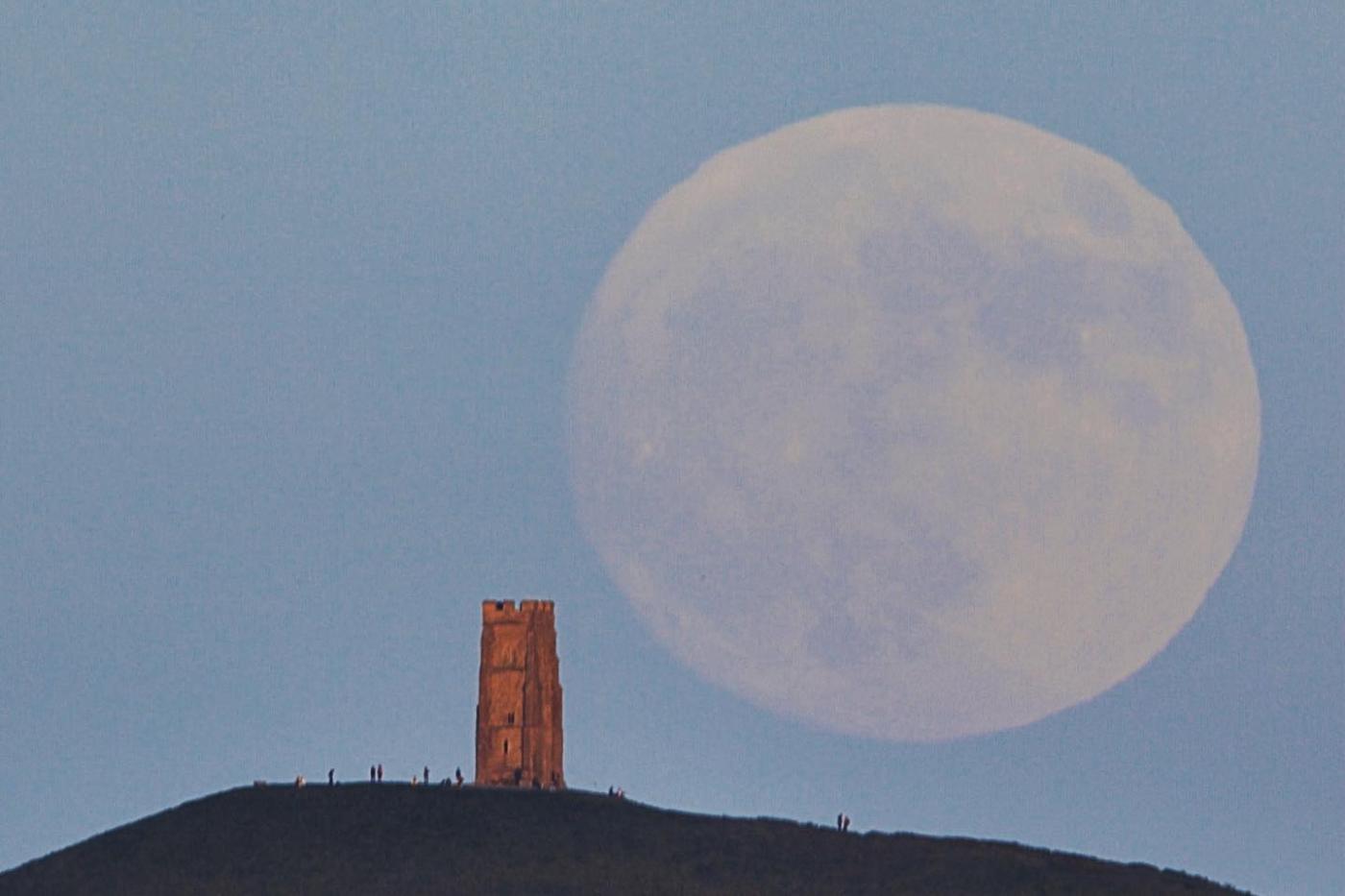
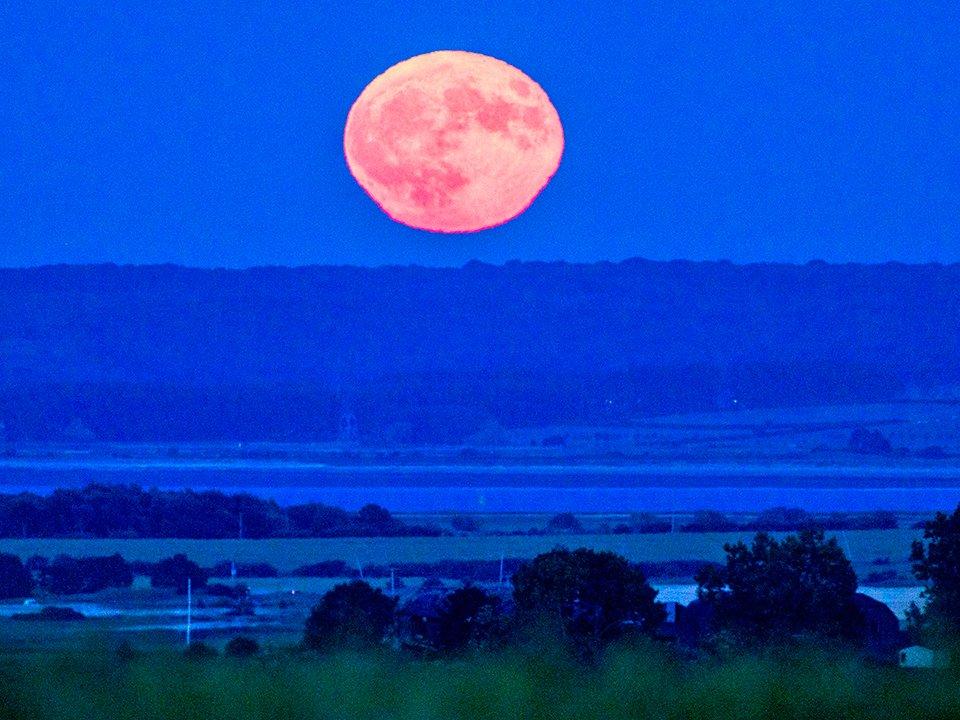
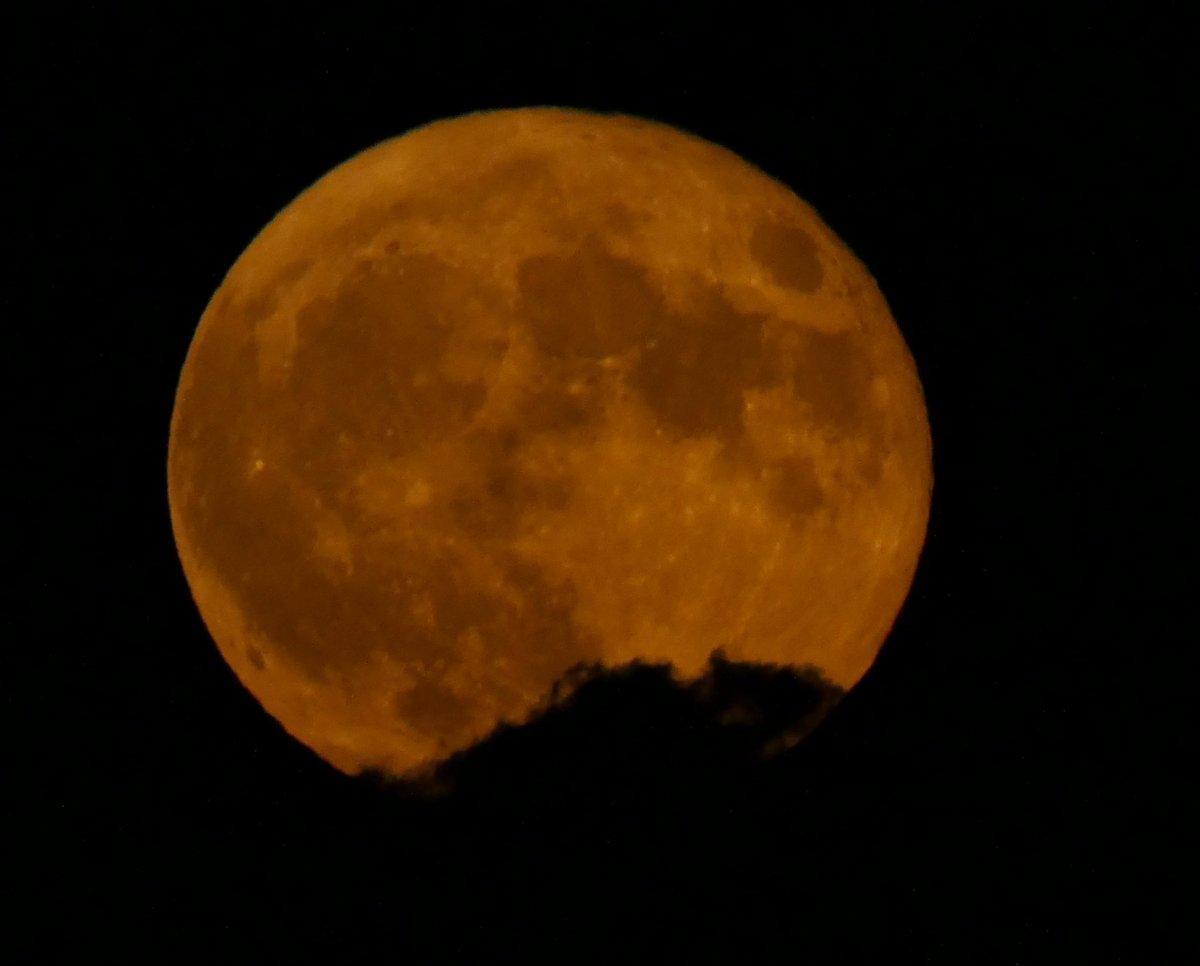
Photos of supermoons
Header image: The Moon And the Shard © Mathew Browne

